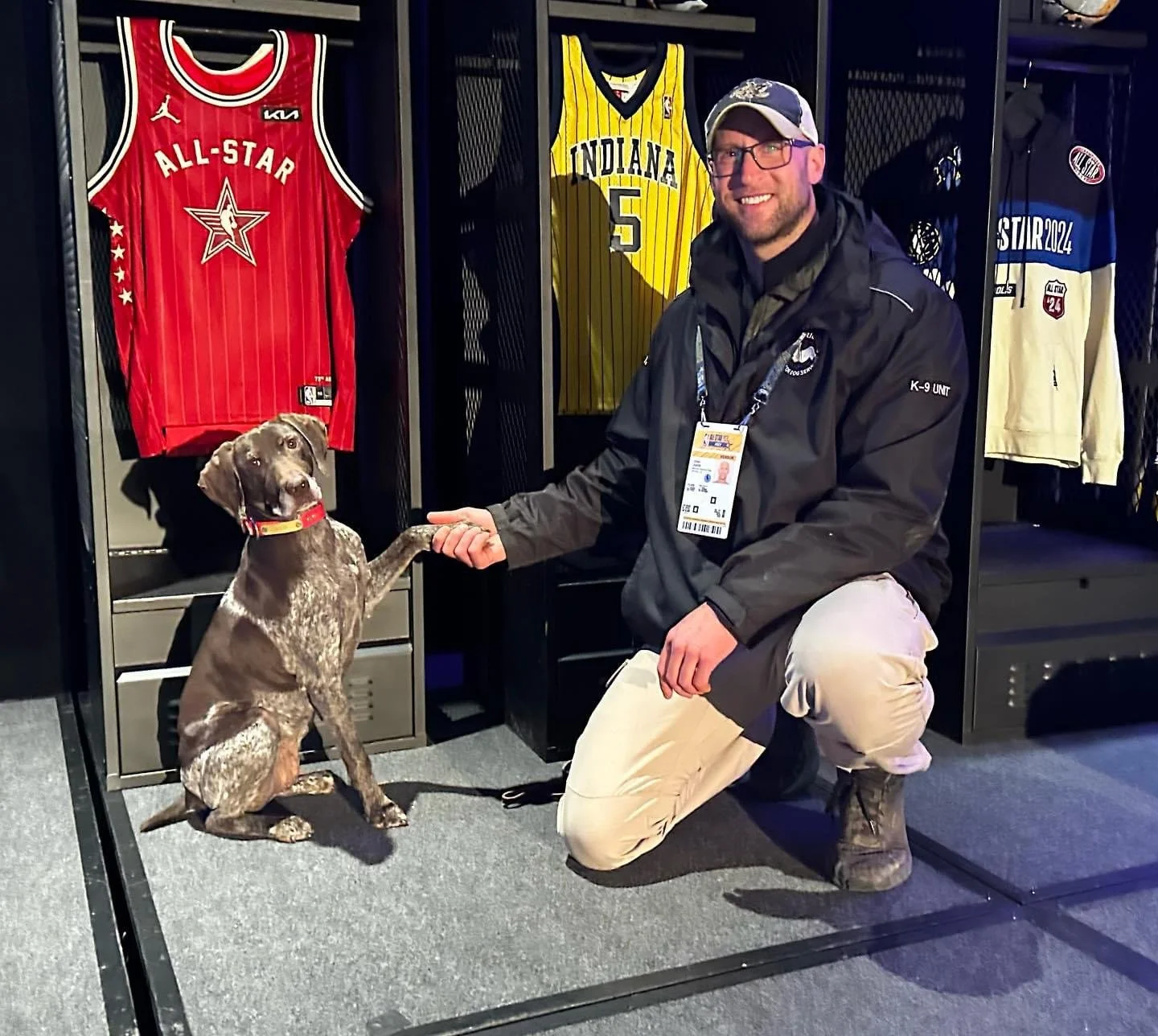Off Leash Advanced Obedience and Elimination of Bad Behavior
This program can help with the following issues and behaviors:
X Jumping on strangers
X Charging the door
X Not coming when called
X Not listening
X Destructive behavior
X Counter surfing
X Digging in the yard
X Obsessive and neurotic behaviors
and much much more.
It Will Also Help With:
✅ Basic obedience
✅ Advanced off leash obedience
✅ Leash pulling
✅ Fear based issues
✅ Separation anxiety
✅ Dog reactivity
Call Us Today! 515-303-2876
Program Details:
During our Board and train program, your dog will get a training protocol custom designed for his or her specific goals.
We will work closely with you to clearly outline realistic expectations for your pet during their stay. The duration of the program varies according to the need of the pet and family.
• We have a state-of-the-art training facility that we designed and built from the ground up for the comfort and safety of your pets you pets will not spend all day in crates only to be brought out for a training session or two.
• Each pet will get to spend outdoor time daily in our exercise yards along with structured exercise session with one of our trainers or experience kennel staff.
• After all of that we aim to get 3-4 individual training sessions each plus time practicing our new obedience while we eat meals and do our cleaning and sanitation duties daily.
Our program is truly an immersive experience for your pet and often times they love their stay here so much we become their home away from home.
Weekly Individualized Updates
We send individualized updates weekly so you can track your pet’s progress. From our veterinary scale for our twice weekly weigh ins and our sanitation and cleanliness protocols we aim to break the industry stereotype and provide excellence in care, service, and knowledge that is unmatched anywhere else
After A Completed Program?
Once your pet is ready to come home this is where we really shine, we spend as long as is needed on the day of return with you and your pet to ensure the smoothness or the transition and make sure you feel 100% comfortable with the training and how to continue your beloved fur baby’s progress.
We then return in two weeks for another session just to make sure everything is rocking along as smoothly as possible. But we don’t even stop there.
Access To Our Online Training Portal
We provide all of our board and train customers with a membership our online training portal with video training references to ensure that anything you have questions on you have immediate access to.
Life-Long Support
And last we provide lifelong support for you and your dog. Enrollment into our advanced program, you get us for life with free private lessons at our facility to problem solve any issues you have that come up in the future

